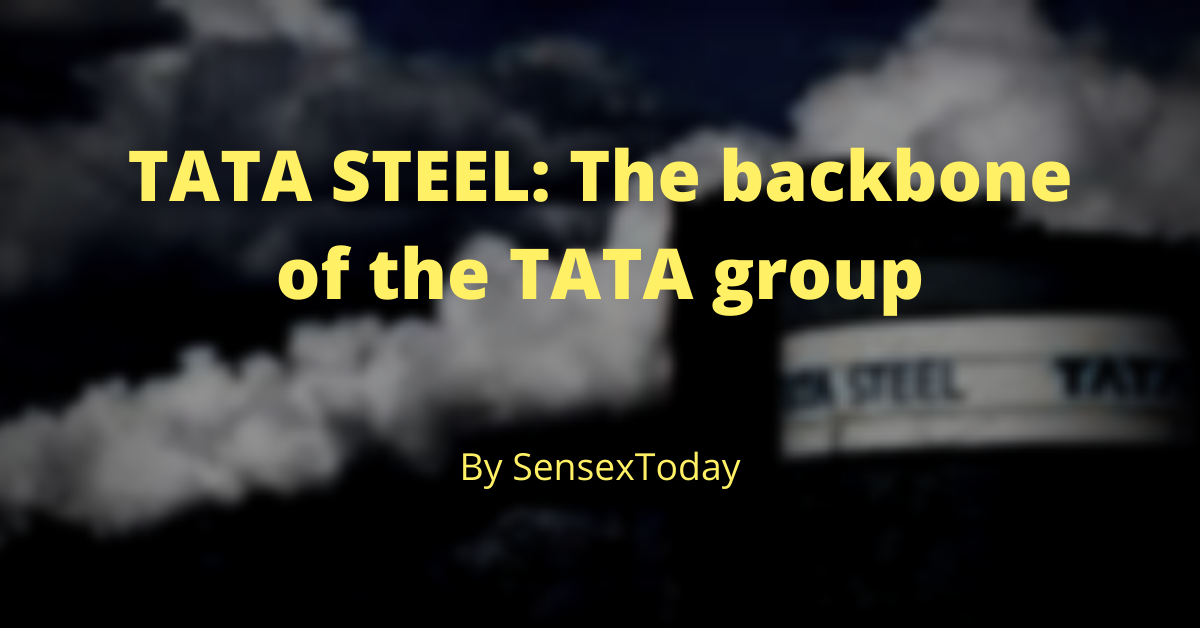Tata Steel is integrated into the business of steel manufacturing and steel product manufacturing. It is the first-ever private steel company in Asia which is established in 1907. The company has an immense presence across the entire value chain of steel manufacturing. They have a whole ecosystem of steel manufacturing from mining, processing of ore iron and coal to producing steel products and distribution of final products.
Recently company releases their Q3 results. The company’s profit grows 2.5 times. Tata Steel reported a net profit of INR 9,573 crore which is 159% higher than YoY 3,697 crore. The company’s profit after tax (PAT) surges to 11,918 crores in Q3. Their consolidated revenues for the last quarter are INR 60,783 crore. which seems 45% upside on a YoY basis.
Product Portfolio
Tata Steel offers a wide range of products. There are many products in their folio including hot rolled, coated steel, rebars, wire rods, tubes, wires, etc…
Global Presence
Tata Steel has a wide international presence. They operate across 50+ countries including India, Malaysia, Vietnam, Thailand, UAE, Ivory Coast, Mozambique, South Africa, Australia, UK, Netherlands, France and Canada. The company has their manufacturing unit in 26 countries.
Raw Material to Final Product
Tata Steel leases the iron ore and coal mines across India. These mines are fulfilling the company’s 100% of iron ore requirements and 30% of coal fuel requirements. Other competitors do not have this kind of captive source facility. These mines and facilities give Tata Steel a cutting age over their peers. Also, they strategically located their manufacturing plants near their iron ore mines. It reduces the transportation cost of the raw material and gives ease of access to raw material.
Read Also: The ultimate survival of pandemics and WWII: Nestle.
The company has its manufacturing plants in Jamshedpur and Kalinganagar. Tata Steel currently has a total crude steel capacity of 33 MnTPA. In India, they have 3 Steel manufacturing plants. Jamshedpur plant has an aggregating manufacturing capacity of 12 MnTPA, Kalinganagar has an aggregating manufacturing capacity of 3 MnTPA, and Tata Steel BSL has an aggregating manufacturing capacity of 5.6 MnTPA. In Europe, they have two plants in the Netherlands and Port Talbot, UK with the aggregating manufacturing capacity of 7.3 MnTPA, and 5.1 MnTPA respectively.
Subsidiaries and Acquisitions
Tata Steel acquires a 72.65% stack in Bhushan Steel in the year 2018. The company paid 159 crores for the 72.65% stack and provides additional 35,000 crores to the way of the debt and liabilities. Tata Steel’s subsidiary Tata Steel Products acquires the Steelmaking assets of Usha Martin in the year 2019. The company acquires the Usha Martine’s power plants for INR 4,000 crores. Which has the 1.0 MnTPA speciality steel plant in Jamshedpur. It makes alloy based long products. Also, Tata Steel acquires the Corus Group plc for 12 billion USD. Corus was the second-largest steel producer in Europe in the year 2007.
Conclusion
Tata Steel is the largest steel manufacturer in India. The company built a fully functional echo system for steel manufacturing. It has an immense international presence as well. The company’s net profit grew up by 159% and revenue from operation grew by 45% YoY. Tata Steel’s consolidated EBITDA stood at 15,853 crores which is up a mammoth 89% from last year. The company also declares that they are going to spend 2,790 crores on capital expenditure. Also, their debt declined in the latest quarter which is the cherry on the cake for the company.

